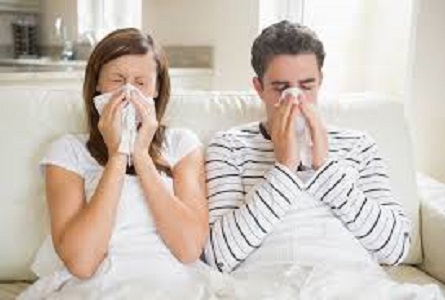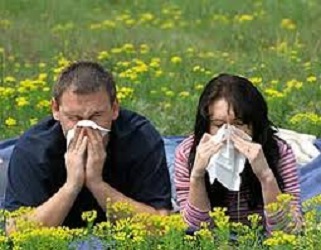
If you’re not happy with shaving, tweezing, or waxing to remove unwanted hair, laser hair removal may be an option worth considering. We at On Call Medical Clinic preform safe Laser Hair Removal. We can remove hair from your back, bikini area, chest, neck, shoulders, face, especially the upper lip and chin.
Laser hair removal is one of the most commonly done cosmetic procedures in the U.S. It beams highly concentrated light into hair follicles. Pigment in the follicles absorb the light. That destroys the hair.
Here are the benefits of laser hair removal:
Precision. Lasers can selectively target dark, coarse hairs while leaving the surrounding skin undamaged.
Speed. Each pulse of the laser takes a fraction of a second and can treat many hairs at the same time. The laser can treat an area approximately the size of a quarter every second. Small areas such as the upper lip can be treated in less than a minute, and large areas, such as the back or legs, may take up to an hour.
Most patients have permanent hair loss after an average of three to seven sessions.
How Should You Prepare for Laser Hair Removal
Laser hair removal is more than just ”zapping” unwanted hair. It is a medical procedure that requires training to perform and carries potential risks. Before getting laser hair removal, you should thoroughly check the credentials of the doctor or technician performing the procedure. We at On Call Medical Clinic will be glad to share many important facts about the procedure as well as our credentials.
If you are planning on undergoing laser hair removal, you should limit plucking, waxing, and electrolysis for six weeks before treatment. That’s because the laser targets the hairs’ roots, which are temporarily removed by waxing or plucking.
You should also avoid sun exposure for six weeks before and after treatment. Sun exposure makes laser hair removal less effective and makes complications after treatment more likely.
Just before the procedure, your hair that will be undergoing treatment will be trimmed to a few millimeters above the skin surface. The laser equipment will be adjusted according to the color, thickness, and location of your hair being treated as well as your skin color.
Please visit our website at www.oncallclinic.com to see all the skin care medical services we perform at our clinic. If you have questions, please don’t hesitate to call us at 228 818-5155.One of our friendly staff will be able to answer all your questions.




